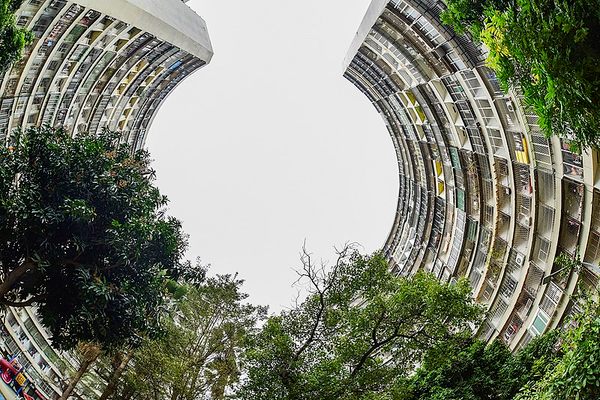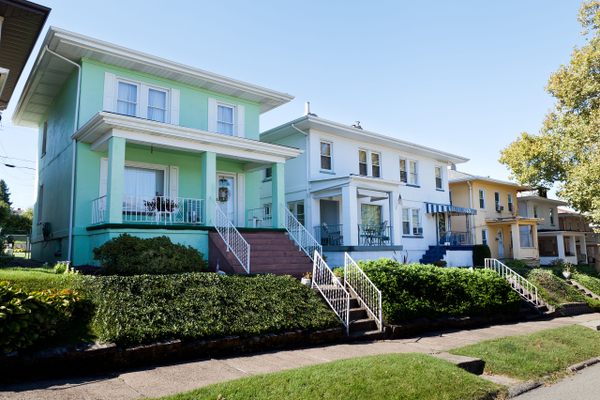Hellenic Cultural Institute's Coffered Ceiling
This piece of a Renaissance-era Spanish castle remained lost for decades.
In 2018, the Spanish architect Ismael Motos Díaz published an article revealing the fate of a missing Renaissance coffered ceiling. Today, visitors can admire the once-lost structure within Mexico’s Instituto Cultural Helénico (Hellenic Cultural Institute).
The ceiling was once part of a Spanish castle called Vélez Blanco. Construction on the castle began in 1506, and it fell into decline in the 18th century. After it was looted during the Napoleonic invasions, the castle was left in ruins.
In 1903, the castle’s then-owner decided to sell the building’s most valuable ornamentations, such as its marble sculptures, medallions, and a lavish coffered ceiling, to the French antique dealer J. Goldberg. The objects then wound up in the lands of banker George Blumenthal, who among other things, bought a part of the castle and had it transported in pieces to his Manhattan mansion. When he died in 1941, his mansion was donated to the Metropolitan Museum of Art in New York. However, during that period, the coffered ceiling was sadly lost.
The ceiling’s whereabouts remained unknown until 2018, when Ismael Motos discovered the rest of the story. In 1945, the MET selected which objects it could keep, and others, including the coffered ceiling, were bought by the French & Co company. A collector named Nicolás Jáuregui bought the coffered ceiling in 1952.
A year later, Jáuregui had a Romanesque medieval cloister and a Gothic chapel brought stone by stone to San Angel in Mexico. He built them to protect his art collection, and placed the coffered ceiling inside the chapel.
Such extravagances put Jáuregui in economic peril, so the property was seized in 1973. In 1979, it was donated to the Hellenic Cultural Institute which, in addition to using it for art education, allows the space to be used as a theater and forum. In addition to the coffered ceiling, it contains paintings by Tintoretto, Tiziano, and Bellini, and two thrones that served Queen Isabel and Fernando, the Catholic monarchs of Castile and Aragon.
Know Before You Go
The Hellenic Cultural Center and the Hellenic Cultural Institute are two different units that occupy the same place. The art collection and the cloisters belong to the Institute. You'll need a guided tour to view the complete collection.



























Follow us on Twitter to get the latest on the world's hidden wonders.
Like us on Facebook to get the latest on the world's hidden wonders.
Follow us on Twitter Like us on Facebook